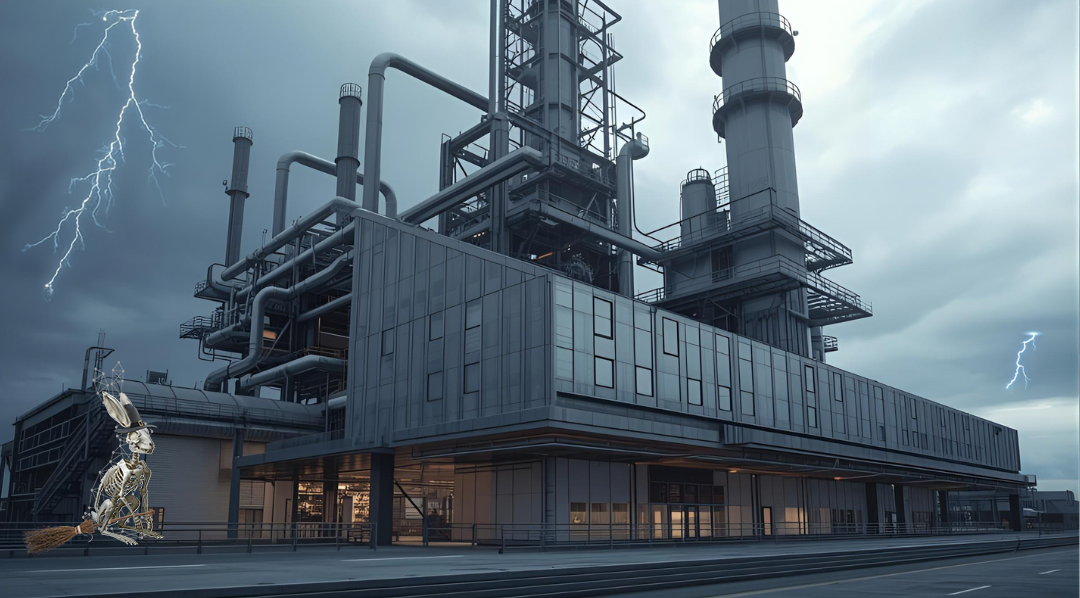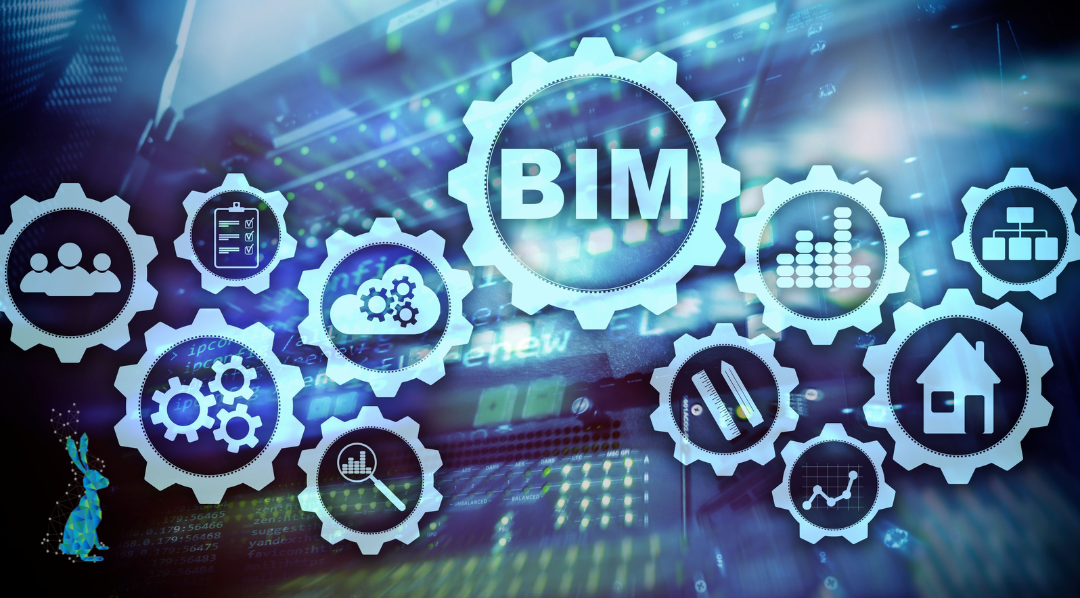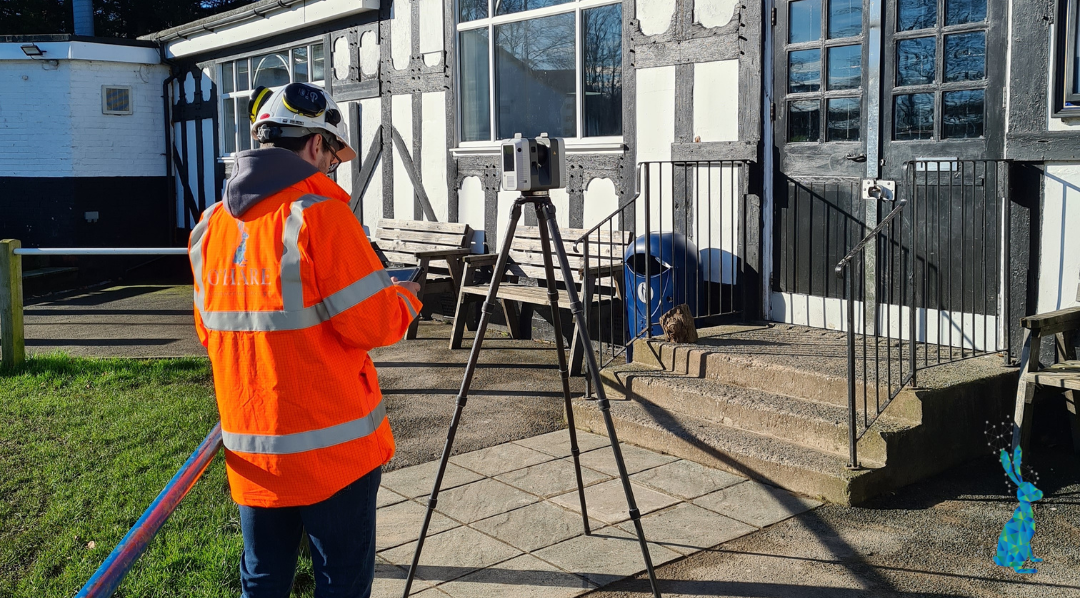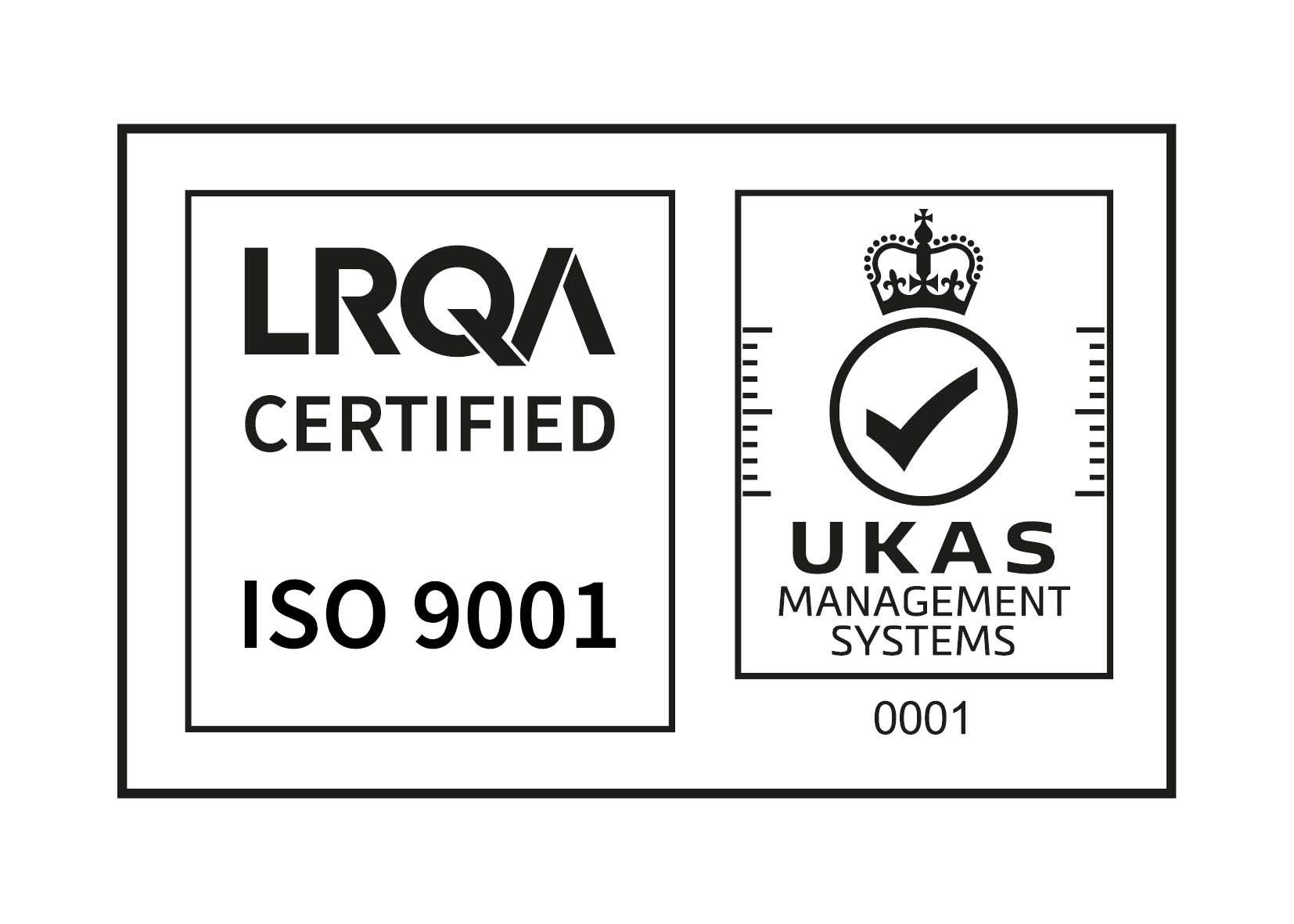DIGITAL TWINNING: IS IT JUST A NEW NAME FOR AN OLD PROCESS?

DIGITAL TWINNING: IS IT JUST A NEW NAME FOR AN OLD PROCESS?
Date: 13th April 2023
Digital twinning. It’s a term a lot of designers are throwing around at the moment like it's the next big thing. But, actually, this concept of integrating your data within a virtual environment has been around since the early 2000’s under one title or another. First it was intelligent 3D modelling, then Building Information Modelling (BIM), and now, it seems, digital twinning.
With all these new names of course comes an update in digital practices to match the requirements and expectations for modern users. But, at the end of the day, are these new processes and ways of accessing site information any different or are engineers just using this new buzzword to reignite excitement in an existing practice?
So, what exactly is digital twinning?
If you type ‘digital twinning’ into google, the first result you’re given is a definition from Unity which explains that:
“A digital twin is a dynamic virtual copy of a physical asset, process, system or environment that looks like and behaves identically to its real-world counterpart. A digital twin ingests data and replicates processes so you can predict possible performance outcomes and issues that the real-world product might undergo.”
(Unity)
It sounds like something from a sci-fi novel right! But, in actuality, this is basically describing an interactive, virtual replica of your site. As well as detailing the design components of the shop floor and machinery, a digital twin is capable of simulating many of the functionalities of the equipment to model not only how the site fits together, but how it works as a whole and how workers will interact with it. To create a full blown digital twin of your site with all the information you need about your site or chemical plant embedded in it, you need a mix of ‘as-built’ digital modelling and BIM.
Building Information Modelling (BIM)
According to Autodesk, a leader in BIM softwares;
“Building Information Modeling (BIM) is the holistic process of creating and managing information for a built asset. Based on an intelligent model and enabled by a cloud platform, BIM integrates structured, multi-disciplinary data to produce a digital representation of an asset across its lifecycle, from planning and design to construction and operations.” (Autodesk)
This means that, like digital twinning, the primary focus of this process is to create a detailed virtual copy of a piece of equipment or site which contains embedded information about how the site works and functions in order to get insights for maintenance or innovation purposes. Although this particular definition of BIM doesn’t specifically detail interactivity and functionality detailing, that doesn’t mean that it’s not possible with this software and hasn’t (or can’t) been used for this purpose by designers. I remember a project I was working on back in 2009 for a chemical processing plant that required these exact specifications.
So, is digital twinning a new thing or a rebrand of an existing process?
There’s no denying that digital twinning and BIM are fundamentally very similar. But, the biggest difference between the two is their capability to simulate core functions within the site. This is most relevant when it comes to how each of these models are used. BIM, for one, focuses on the design and construction of machines and the site as a whole, whereas digital twinning gives you far more information about how the site functions, how components interact with each other and how people interact with the site.
If you’re interested in upgrading your current document management system and integrating it within a virtual model of your site, get in touch with the team today to find out how we can help.




